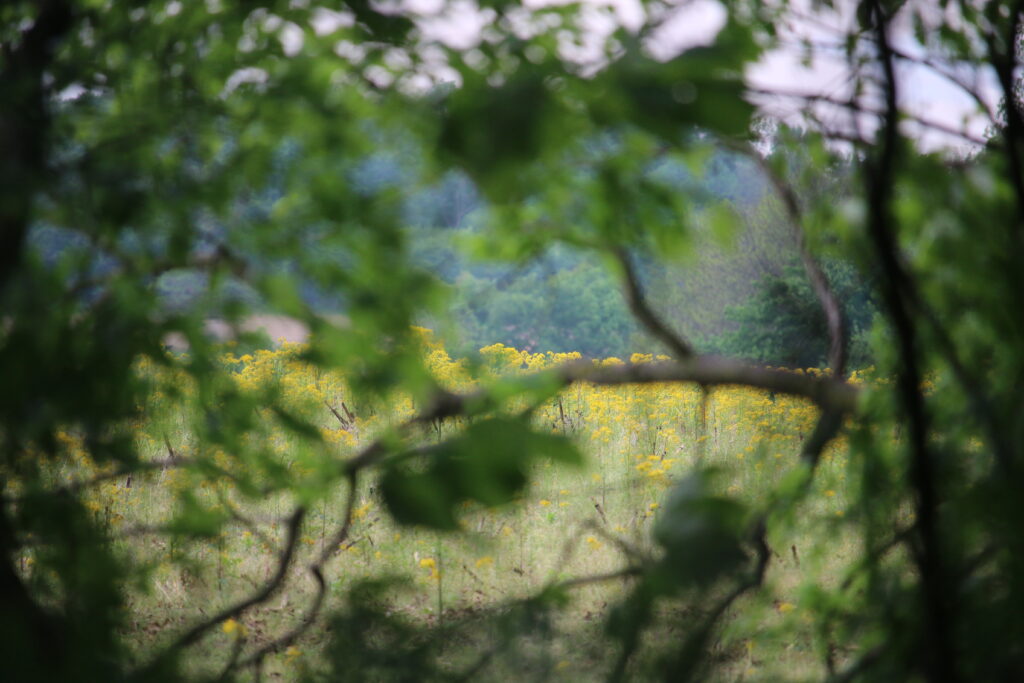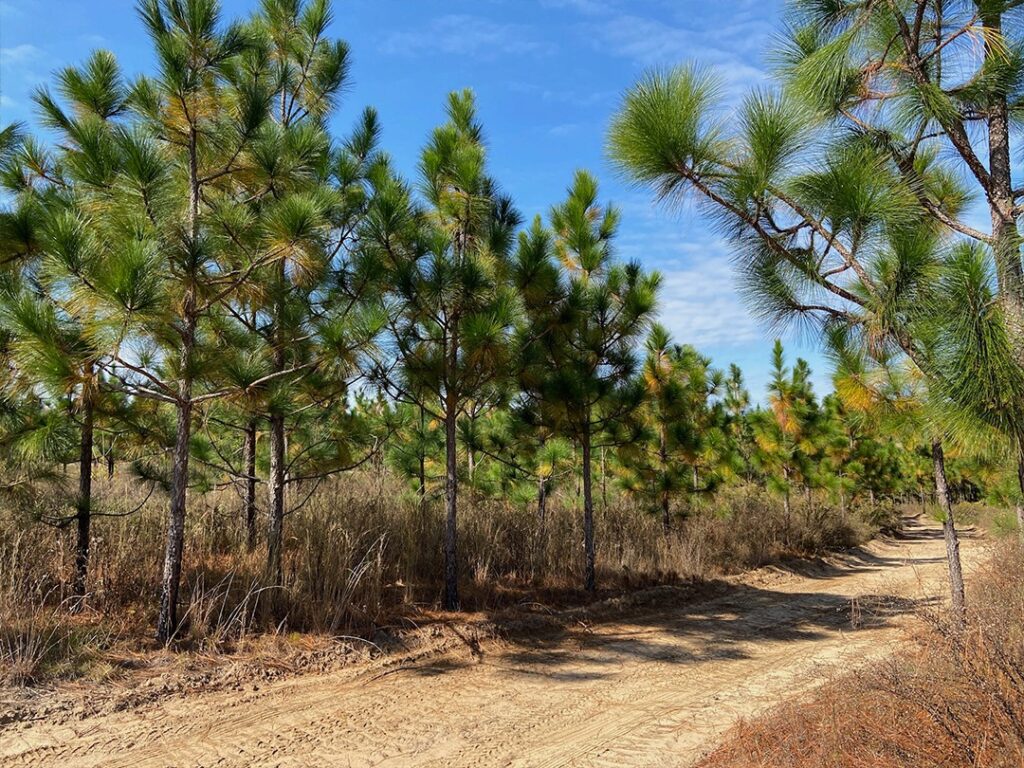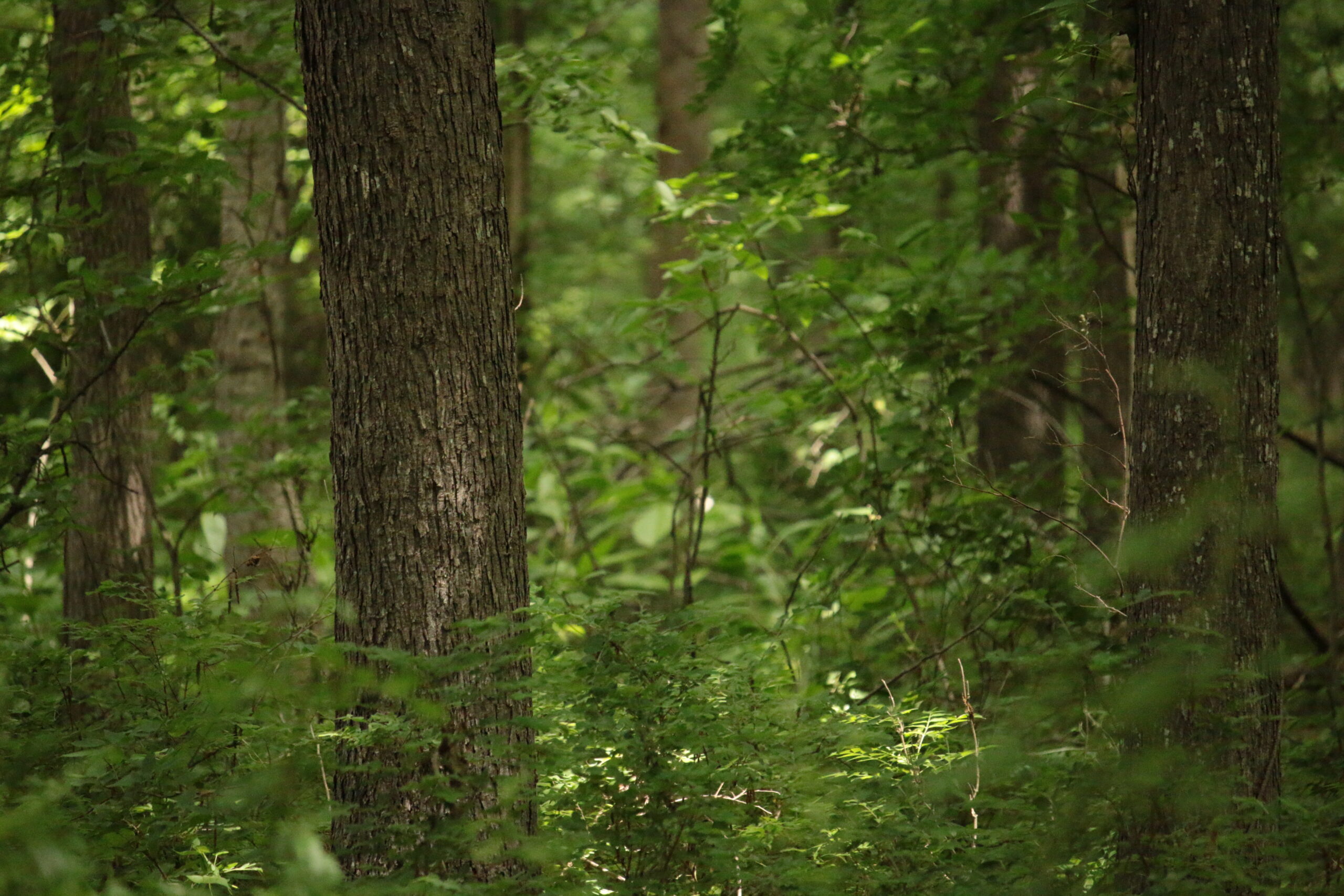There are a myriad of reasons why planting trees on your land may be necessary. whether it’s insect infestation, wind damage, habitat restoration, or reforestation after a timber harvest, planting trees on your land is a big expense and one that must be considered carefully. Trees are vital parts of our ecosystems throughout the world. When timber is harvested, it’s prudent to replace what’s taken with new plantings. Environmental conservation is a responsibility we all carry. It’s crucial to remain good stewards of the land, and planting trees is part of that. Diverse ecosystems tend to produce diverse wildlife populations. That’s great for the hunters and the hunted.

Landscapes need a combination of open areas and timbered tracts.
How to Make Money Planting Trees
There are numerous ways to make money by planting trees. Timber harvests, carbon credit payments both take significant commitments of time, but before you can generate revenue from these activities, you’ve got to get trees in the ground, and this is not an inexpensive task. While many aren’t familiar with it, the concept of landowner assistance programs for tree planting is a growing trend. While the definition and purpose of landowner assistance programs vary slightly from one to the next, virtually all share a common goal — to preserve and improve ecosystem health for both wildlife and humans alike.
Of course, these programs help landowners financially. Most cover the costs of planting these trees. They certainly help logistically with tree planting. Furthermore, some programs, such as carbon credits, even pay the landowner to plant the trees and commit to a period of harvest deferral. The details vary from one to the next, so it’s very important to speak with a program expert and determine the best route for the specific situation at hand.

Types of Trees Supported
When choosing from various tree species, it’s important to weigh all factors and select tree species accordingly. It’s good to understand the types of trees typically supported by these programs. There are programs for native species like the Longleaf pine in the Deep South and commercially valuable species such as Loblolly pines. Regardless, tree species that are suitable for the local ecosystem and climate are typically favored in these programs.

When choosing from various tree species, it’s important to weigh all factors and select tree species accordingly.
What About Site Preparation?
Site preparation for timber planting is a crucial first step to ensure the success of your investment in a new stand of trees. Proper site prep involves clearing competing vegetation, reducing any remaining debris, and preparing the soil for planting. This process can include mechanical methods such as disking or raking, chemical treatments to control unwanted species, and even prescribed burning to improve soil quality. Each of these methods has its place depending on the site conditions and the species to be planted, but all are aimed at giving the new seedlings the best possible start by reducing competition and improving access to light and nutrients.
Fortunately, many landowners can offset some of the costs of these site preparation activities through cost-share programs offered by federal and state agencies. Programs like the Environmental Quality Incentives Program (EQIP) and other state-level initiatives provide financial assistance to help cover a portion of the expenses related to mechanical, chemical, or burning treatments. These programs not only help alleviate the initial financial burden but also encourage sustainable forestry practices by ensuring landowners can implement proper site prep to improve long-term forest health and productivity.
Eligibility Criteria
Factors that might influence eligibility vary by program. Eligibility varies by property size, location, and owner. Navigating which programs are available as well as what programs you are eligible for is an overwhelming task, but there is a new service that aims to help with that endeavor. NCX Membership is a new service designed to provide landowners with clarity, confidence, and peace of mind about their land. Whether you’re evaluating carbon offers, deciding between timber harvesting and selling carbon credits, or making plans for planting new seedlings, NCX Membership offers personalized, unbiased advice tailored to your needs. You can check your eligibility or programs for free, or, for a small monthly fee, you have access to NCX’s team of economists, foresters, and data scientists, all working solely for you with no hidden conflicts of interest. When you log into your NCX Account, you can select the membership option that suits your desired level of support, or you can choose a free plan. To learn all the details, check out their recent blog post on the subject.
Tree planting programs aren’t for everyone. Some properties won’t qualify. Others will, but won’t enroll. But it’s crucial to give this opportunity a shot. If it works, land value increases, plant and animal life benefit, and you just might make some money while you’re at it.


